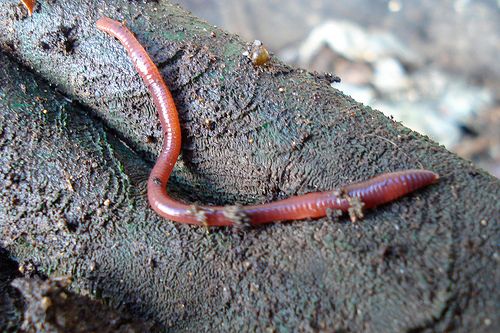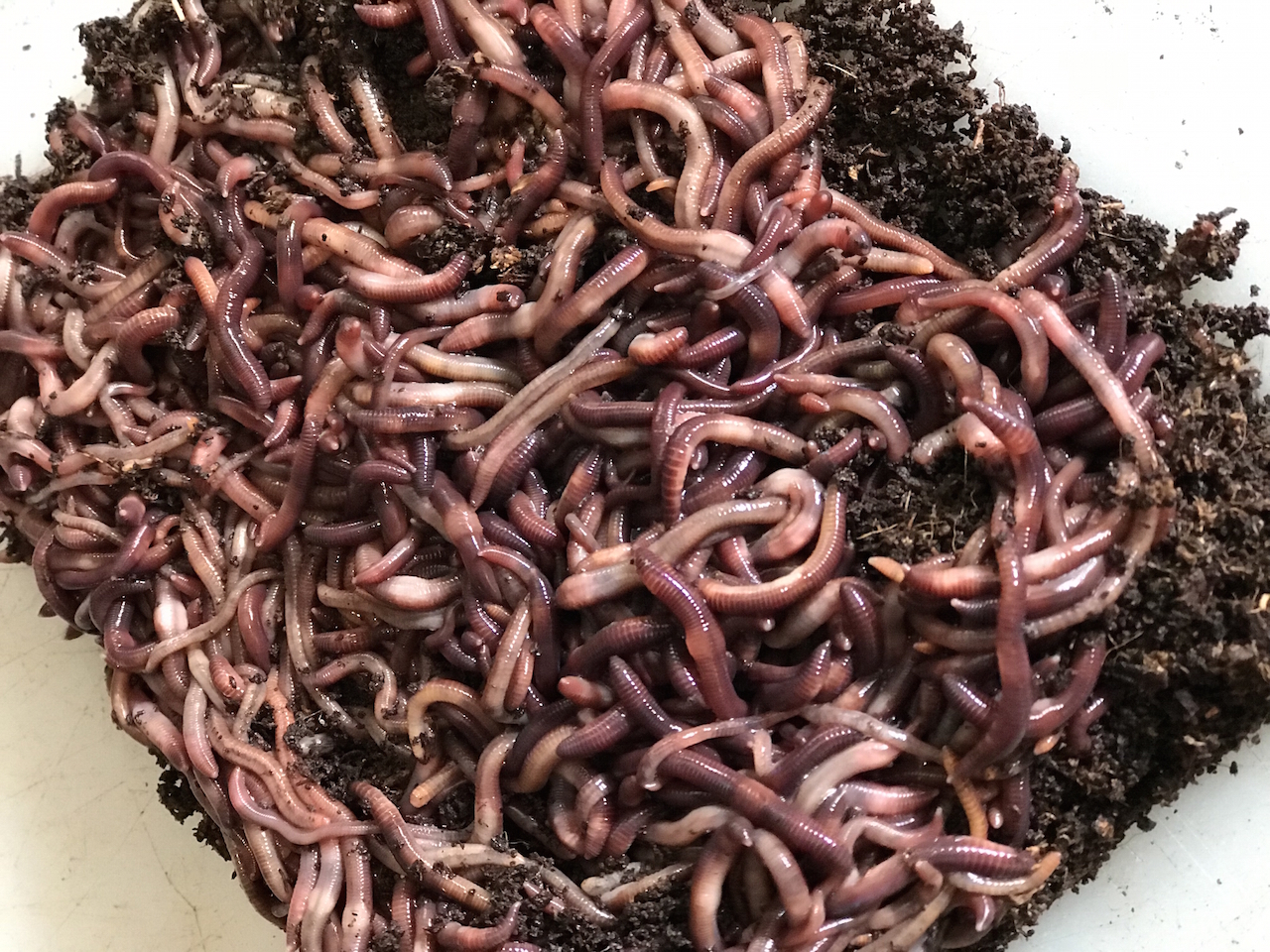Achieve a Vibrant Lawn Using Lake Hickory Bait Lawn Care Resources
Achieve a Vibrant Lawn Using Lake Hickory Bait Lawn Care Resources
Blog Article
Red Wigglers: The Unsung Heroes of Organic Waste Recycling
Red wigglers, or Eisenia fetida, work as important agents in the organic waste reusing process, changing disposed of materials into useful vermicompost. Their effective malfunction of raw material not only boosts dirt high quality however additionally adds to lasting waste administration techniques. As the globe increasingly looks for services to deal with waste buildup and improve agricultural efficiency, recognizing the function of these worms comes to be important. What systems permit them to grow in compost settings, and just how can they be efficiently used in both domestic and commercial setups? Exploring these questions discloses the more comprehensive effects of vermicomposting in our environmental landscape.
What Are Red Wigglers?
The remarkable strength of red wigglers, medically called Eisenia fetida, highlights their critical function in natural waste recycling. These small, reddish-brown earthworms are typically found in disintegrating raw material, such as compost heap and manure stacks. Lake Hickory Bait. Unlike various other earthworm types, red wigglers thrive in nutrient-rich environments and are highly reliable at breaking down organic materials, making them crucial for vermicomposting

(Red Wiggler Express)Along with their role in waste reduction, red wigglers contribute to soil health by boosting soil framework and aeration via their burrowing activities (Lake Hickory Bait). Their existence in composting systems not only improves decay prices yet also promotes a lasting method to waste administration, illustrating their value in ecological conservation efforts
Benefits of Composting With Worms
Composting with worms, particularly red wigglers, supplies various advantages that improve both waste management and dirt health and wellness. First, these worms successfully break down natural waste, converting it into nutrient-rich vermicompost that enriches soil. This process increases disintegration, enabling a quicker recycling of kitchen area scraps and other natural products compared to typical composting techniques.
Additionally, the vermicompost generated by red wigglers is bursting with useful microbes, which aid improve dirt framework, oygenation, and dampness retention. This boosts the general wellness of plants, advertising energetic development and boosted yields in yards and farming setups. In addition, using worms in composting minimizes the manufacturing of greenhouse gases, such as methane, adding to a much more lasting waste monitoring system.

Exactly How to Begin Vermicomposting
Developing a vermicomposting system is a simple process that can yield considerable advantages for both waste monitoring and dirt enrichment. To start, pick a suitable container, such as a plastic container or wood box, with appropriate ventilation openings to guarantee proper airflow. The measurements should preferably be about 2 feet by 3 feet, permitting adequate room for the worms to thrive.
Next, prepare bed linens product, which can consist of shredded newspaper, cardboard, or coconut coir. This bed linen needs to be dampened to develop a suitable habitat for the worms. As soon as the bedding remains in location, introduce red wigglers (Eisenia fetida) into next the bin, generally around one pound of worms for every single square foot of surface location.
Complying with the placement of worms, include natural waste, such as fruit and veggie scraps, coffee grounds, and smashed eggshells. With these steps, you will effectively initiate a vermicomposting system that contributes to lasting waste monitoring and enriches your soil.
Preserving a Healthy Worm Container
(Red Wiggler Express)Keeping a worm bin thriving requires routine attention and treatment to make certain the health and wellness of the red wigglers and the efficiency of the composting procedure. Correct maintenance starts with monitoring the moisture degrees; the container must be wet but not saturated. An excellent rule of thumb is to preserve a consistency comparable to a wrung-out sponge.
Oygenation is vital as well. Delicately blending the bedding and food scraps every few weeks protects against compaction and guarantees that all worms have accessibility to oxygen. Additionally, it is necessary to feed the worms properly. A well balanced diet of fruit and veggie scraps, coffee grounds, and crushed eggshells must be used in moderation to prevent overfeeding, which can result in odors and insects.
If the container ends up being as well warm or chilly, the worms may come to be stressed. By carefully handling these aspects, one can preserve a durable and effective worm container.
Influence On Lasting Living
The effective upkeep of a worm bin not only benefits the wellness of red wigglers yet also adds dramatically to lasting living techniques. By reusing organic waste, such as kitchen area scraps and yard debris, red wigglers help draw away substantial quantities of material from landfills. This decrease in waste not just lowers greenhouse gas discharges but additionally minimizes the ecological problem connected with waste management.
In addition, the castings generated by red wigglers act as a nutrient-rich natural fertilizer, boosting dirt wellness and advertising plant growth. This all-natural choice to chemical fertilizers supports lasting agriculture and horticulture methods, reducing reliance on artificial inputs that can harm ecosystems. Additionally, worm composting fosters awareness of waste management, encouraging individuals and neighborhoods to take on more sustainable routines.

Verdict
In recap, red wigglers offer as crucial factors to natural waste reusing through their efficient decomposition of organic products. By incorporating vermicomposting into waste administration techniques, individuals and communities can dramatically decrease waste while promoting environmental sustainability.
Report this page